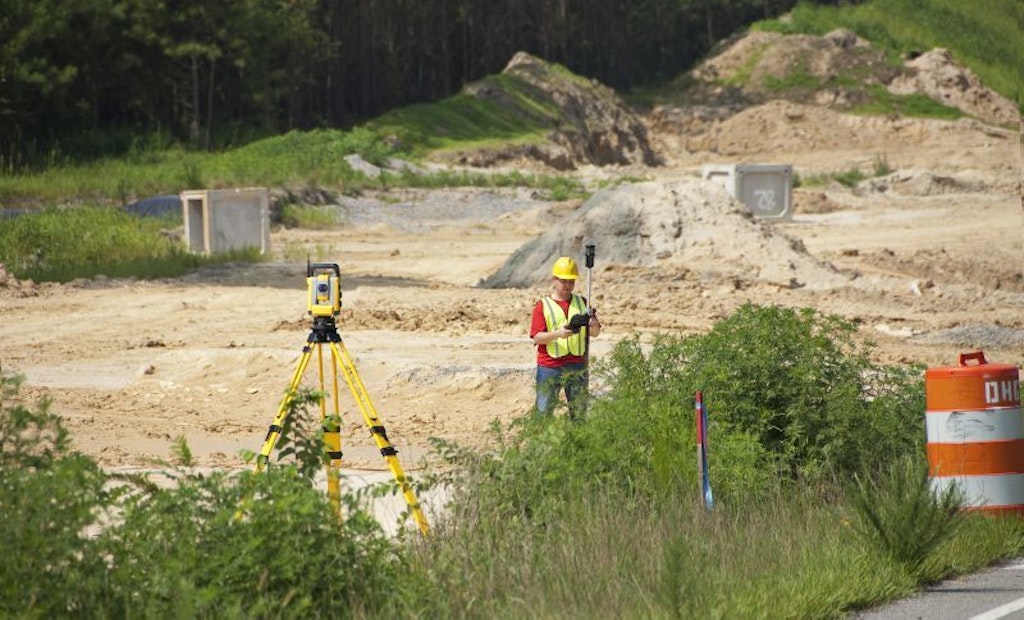Interested in Systems/ATUs?
Get Systems/ATUs articles, news and videos right in your inbox! Sign up now.
Systems/ATUs + Get AlertsIf you are inspecting a system for a real estate transfer or troubleshooting a problem, it is important to know that the system was installed so wastewater will move from one component of the system to the next. In other words, that the system is set up to operate the way it was designed.
Relative elevations should be evaluated and compared to the system design and the required drop to flow by gravity through the system. To do this requires the use of a tripod instrument, either a transit or level (since these are more accurate than using a hand level). The tripod instrument ideally should be set in a location where elevations of all important parts of the system can be determined without having to move the instrument.
When determining any elevation, it is important to specify where the measurement is taken. If the elevation for the house sewer leaving the house is measured at the top of the pipe, other measurements should be determined at the top of the pipe.
For example, if the rod reading at the top of the pipe where the sewer leaves the house is 3.75 feet as estimated using the tripod instrument and the distance to the septic tank inlet is 20 feet, the top of a 4-inch diameter PVC sewer pipe should show an elevation difference of at least 2.5 inches since the minimum drop in the pipe to ensure sewage flows through the pipe is 1 inch per each 8-foot pipe section. The top of the pipe at the septic tank will be at a lower elevation than the rod reading. Two and a half inches is equivalent to a little over 0.2 feet. So the rod reading needs to be at least 3.75 feet plus 0.2 feet, or 3.95 feet. If it’s not, the pipe does not have the proper slope to deliver sewage to the tank. If you were troubleshooting a system for periodic blockages, this would be a good indicator that the problem lies with pipe installation.
To see if the septic tank was seated properly, check the outlet pipe elevation. Here, knowledge of the manufacturer’s specifications for the tank are important — usually to provide for some clear space over the baffles. Under the tank cover there should be at least a 3-inch drop, which means the rod reading at the outlet should be at least 3 inches higher. Three inches is 0.25 feet; so, the rod reading will be 3.95 feet plus 0.25 feet, or 4.20 feet.
The relative elevation between the tank and first dropbox or distribution box should also be determined. Here the drop in the pipe should be 1 inch per 8-foot pipe section. So if the distance is 10 feet, the rod reading will be 4.20 feet plus 0.12 feet, or 4.32 feet.
Since trenches should be level and on the contour, this can be checked by probing to the top of the system, taking a rod reading, and then following each trench, taking three or four readings. The rod readings and the depth of cover should be the same; if not, there may be a problem with trenches not installed level, which can lead to surfacing of effluent at the lowest elevation.
About the author: Jim Anderson is connected with the University of Minnesota onsite wastewater treatment program and is an emeritus professor in the university’s Department of Soil, Water and Climate. Send him questions about septic system maintenance and operation by sending an email to kim.peterson@colepublishing.com.
This article is part of a series on site surveying.
- Site Surveying: Terms You Should Know
- Equipment Options for Site Surveying
- Using a Hand or Abney Level
- Surveying: Checking Relative Elevations
- Establishing Onsite Treatment System Elevations Using a Benchmark






